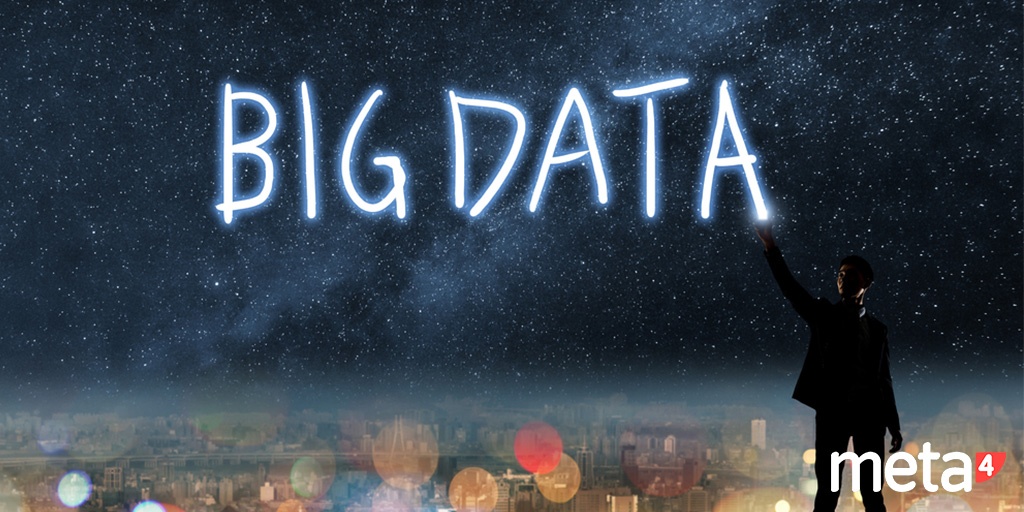By Mariano Feuer; Creative Director at EsViral
Publications and everywhere in the industry are buzzing about big data in recent years: big data in marketing, big data at work, big data in entertainment. Just what is it about this phenomenon that has us in its grips?
When we talk of big data, we’re talking about mass data capture, storage, search, classification, analysis and visualization. While this definition is a good start for us to understand it, we need one more key: the extraordinary computer processing power available today.
One way or another, the human being has been thinking and producing “Big Data” ever since the beginning of mankind. Do we not live surrounded by libraries? Have we not been storing files with company information for decades? Only until we could add the possibility of processing these, were these data merely stored in libraries.
What can be done today with data? Build relationships between them. Sort them in new ways and infer outcomes outside our perceptions.
This way companies are able to have more and better data on their operations, identify decisions to make, generate greater efficiency in their products and services for each user or user group, and develop new lines of innovative next-gen products with in-built intelligence and sensors that provide information about states and needs.
On internal customers, big data makes it possible to put together a complete picture of them. To standard employee information we can now add internal and external sources, which give more on what they are like, why they do what they do, how they prefer to work, why they change jobs or sector, what they’ll want to do next or factors that drive them to improve their environment.
Let’s take an example: an office with three employees, which could be a real estate agency. The three are dedicated to serving clients, offering locations and closing contracts. If we have enough data, we can identify what each one is best at: Peter is good at serving customers, James at providing services, and Mary at organizing contracts.
But big data is not just the analysis of the facts. With the necessary data available, we can not only analyze our business, but we can also anticipate patterns for the future. If we know that Peter Roberts usually misses the first Monday of each month, James Peyton takes a day off to study each term before exams and Mary Logan is often absent when her child starts school, then we can conjecture that on Monday none of the three in the sector will come to work.
Of course we are oversimplifying, because in this scenario we are only crossing a few data and this could well be a conclusion any HR manager familiar with the status of his workforce might reach. But in structures with far more employees and data collected, computer processing becomes imperative.
Big data is categorically empowered with the “Internet of Things”, where smart sensors have lowered costs, while integrating into our lives to stay for all time. Watches, telephones with gyros and GPS, temperature sensors and biometrics make each data count. Sales and customer services teams incorporate it into their day-to-day work, enabling them to predict patterns that lead to new sales and satisfied customers. This way, we predict not just the future of our business. Since upon predicting, we are also essentially creating a new future. This is a feature that will change the way human resources are managed—better data, better correlations and better decisions.
The future is in our hands and is part of the present. Our commitment is to balance all this huge volume of data with the necessary care to not destroy even the slightest hint of privacy. Big data gives us the tools; it is up to us how we write the story.






